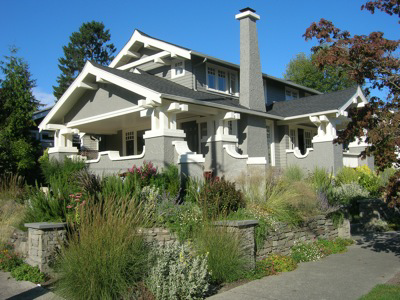No Light Rail in Vancouver!
Land-

Land-
As described here, Eicher’s study relied on a recently released database of land-

Originally built in the 1920s for $2,800 (without the second story, which was added
later), this house recently sold for $650,000. According to economist Theo Eicher,
more than $200,000 of that price is due to land-
Flickr photo by brewbooks.
Eicher’s actual paper includes data for all 250 cities, 123 of which overlap with the Antiplanner’s data. His estimates of the costs of regulation tend to be a little higher than mine except in California, Florida, and a few other places where they are lower.
One reason why Eicher’s numbers are usually higher is that his data are for cities
while mine are for urbanized areas. There is a reason for this: he was looking at
the cost of specific land-
Eicher says that regulation has increased housing prices in every city he examined. The smallest increase is about $21,000. By comparison, the Antiplanner found that growth management has boosted housing prices in only a little more than a third of the urban areas in the U.S.
I have to wonder if, for some places, Eicher is relying too much on his regressions. His numbers say that regulation in Houston has boosted housing prices by $49,000. But the median home in the Houston urbanized area is worth only $122,000. Taking out the cost of regulation leaves only $73,000. (Unlike most urbanized areas, which are mostly suburbs, the Houston urbanized area is mostly Houston, so these numbers are comparable.) That seems pretty low, but maybe it makes sense.
I am more bothered by his numbers for California. The Antiplanner estimates that
land-
Eicher breaks down his numbers into costs due to state-
Anyone interested in comparing Eicher’s estimates of the costs of regulation with the Antiplanner’s can download this spreadsheet. The first two columns show Eicher’s estimates for 249 cities. Columns D & E show the Antiplanner’s estimates for 381 urbanized areas. Columns F and G show Eicher’s estimates for the central cities in those urbanized areas, if he has any, and the differences between the two estimates.
35
Trackback • Posted in Regional planning
Reprinted from The Antiplanner